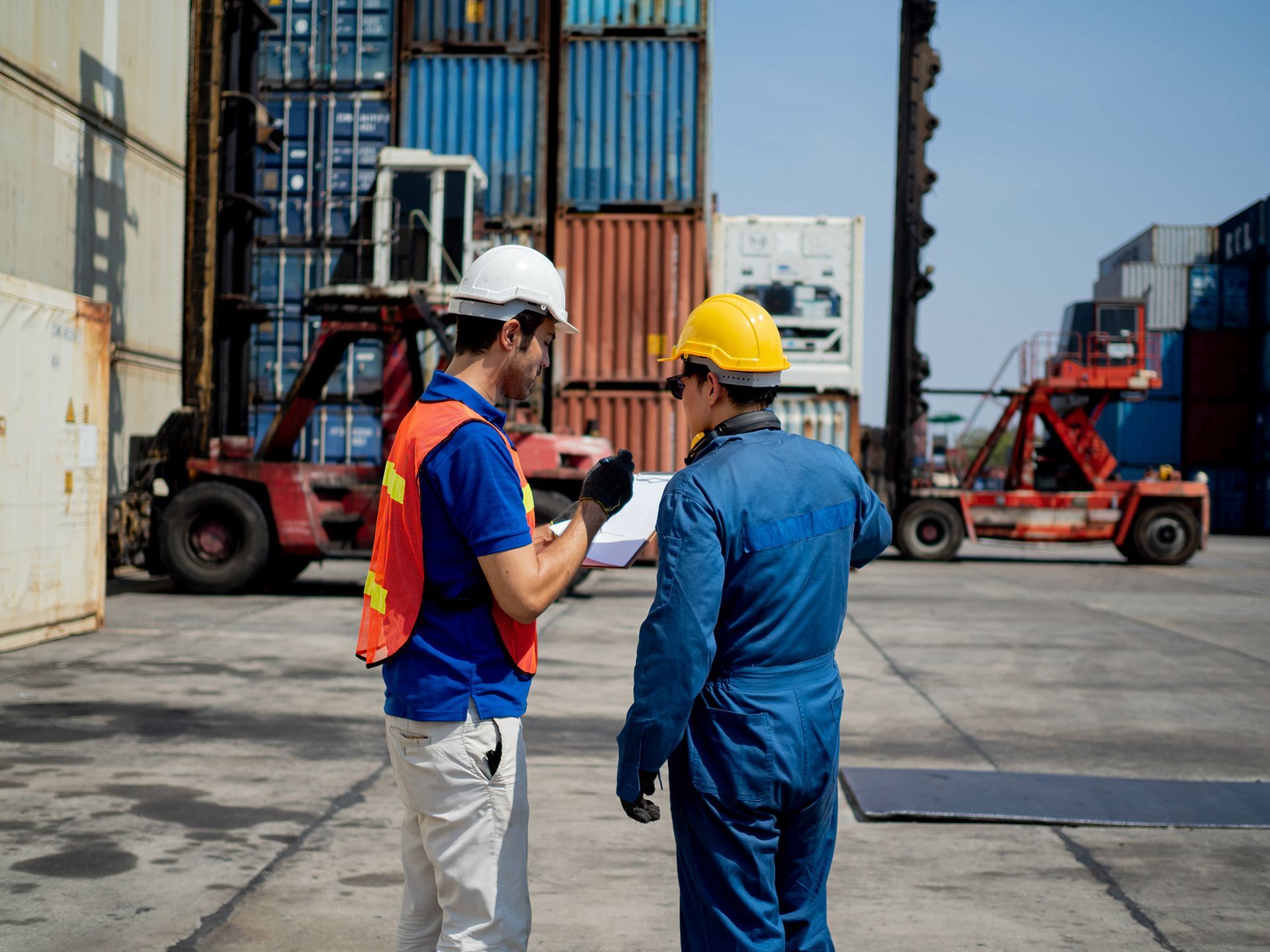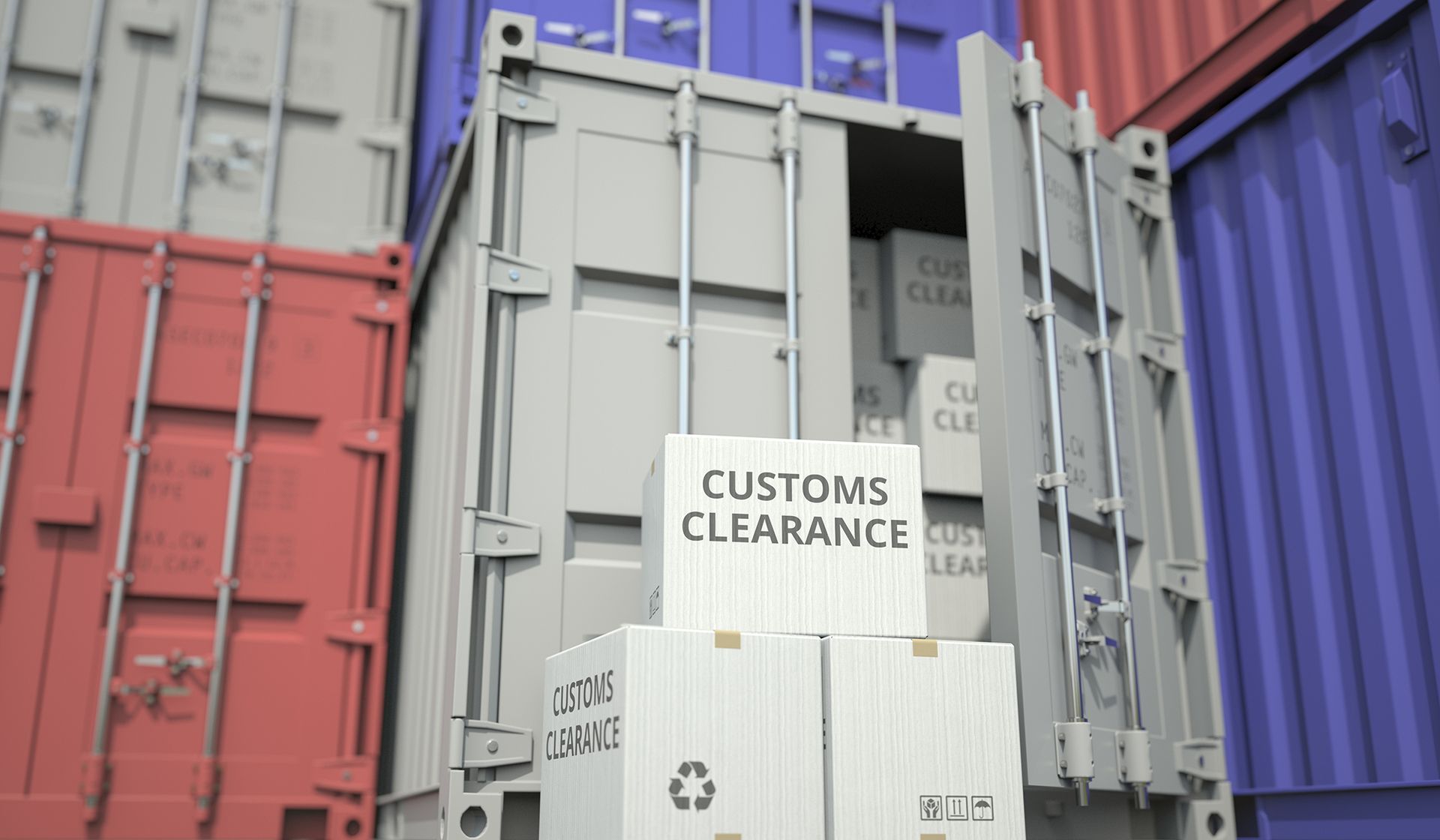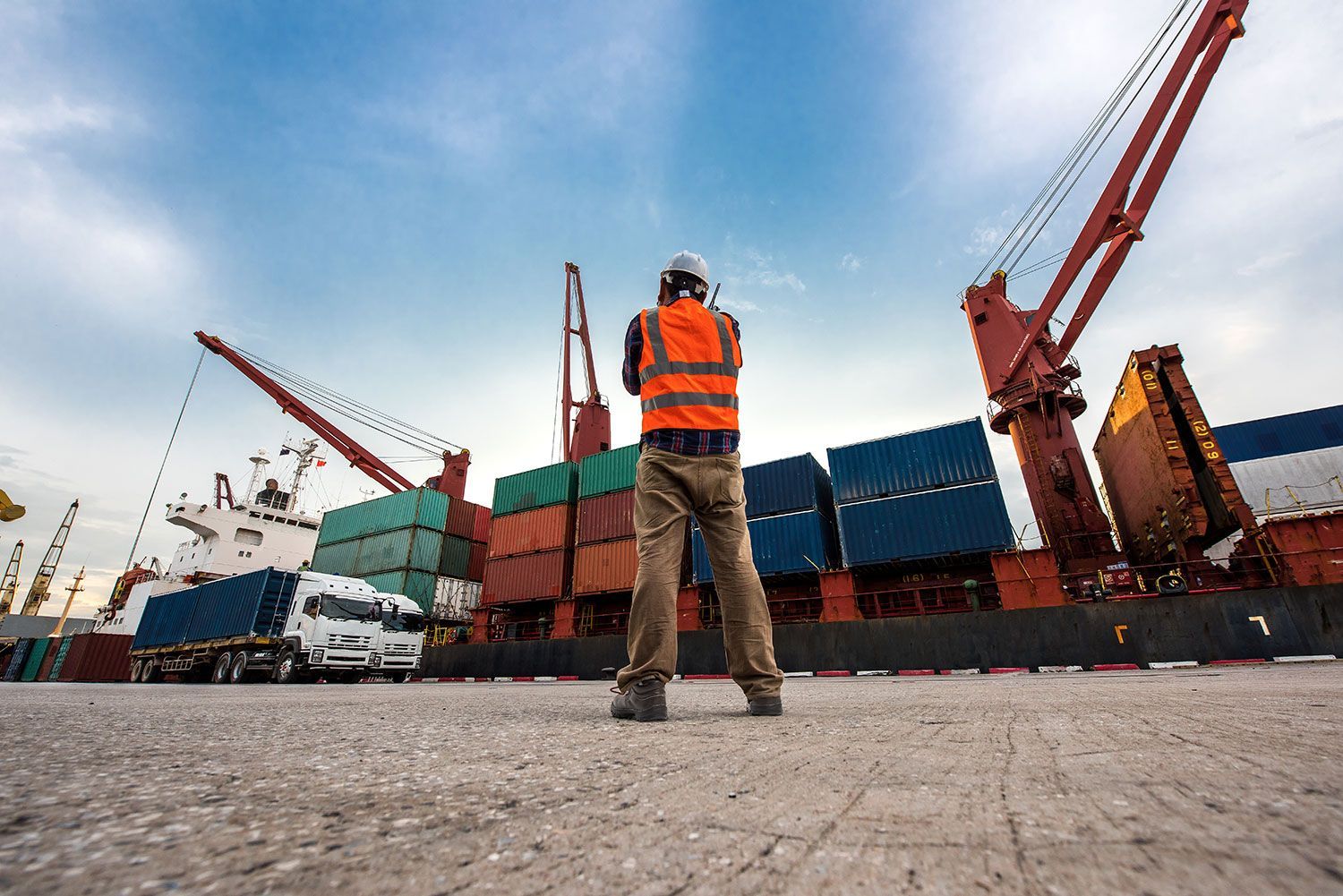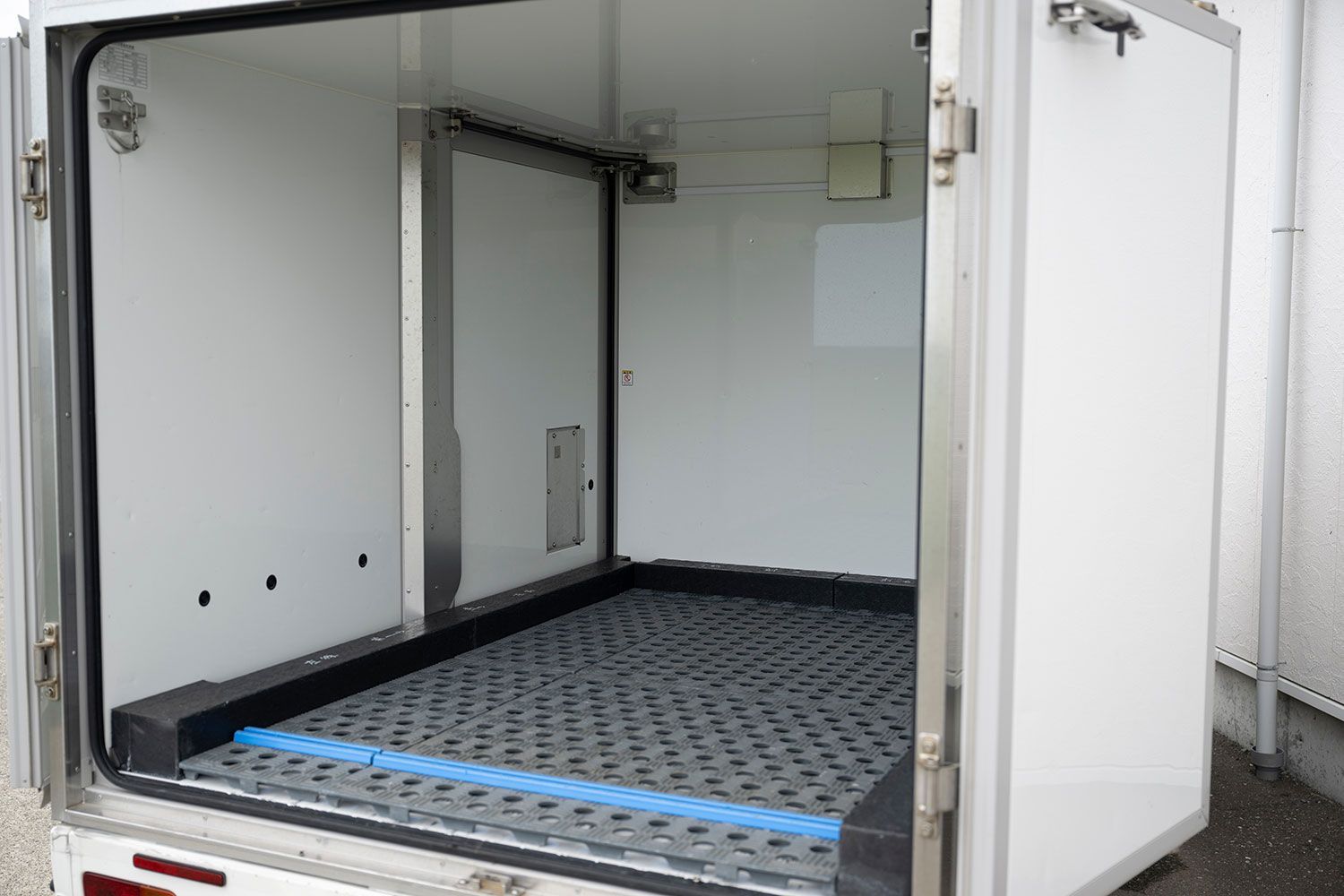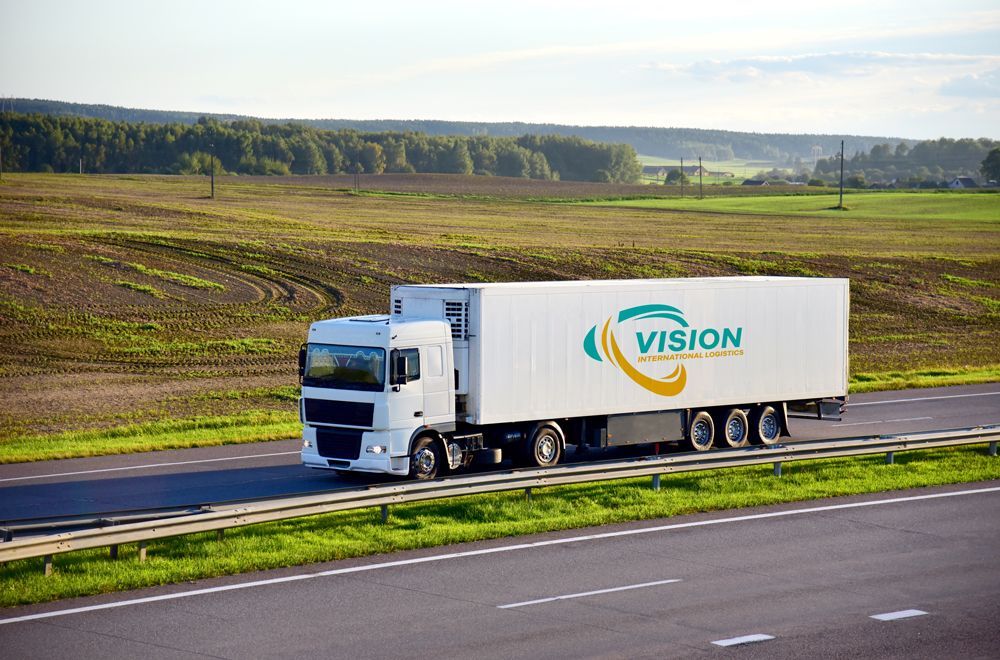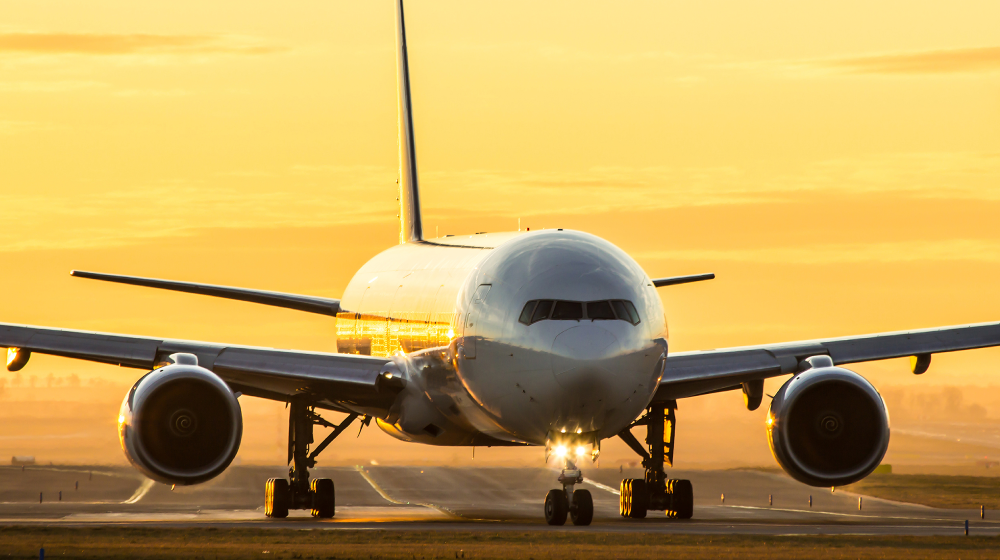Blog
Blogs
Blog
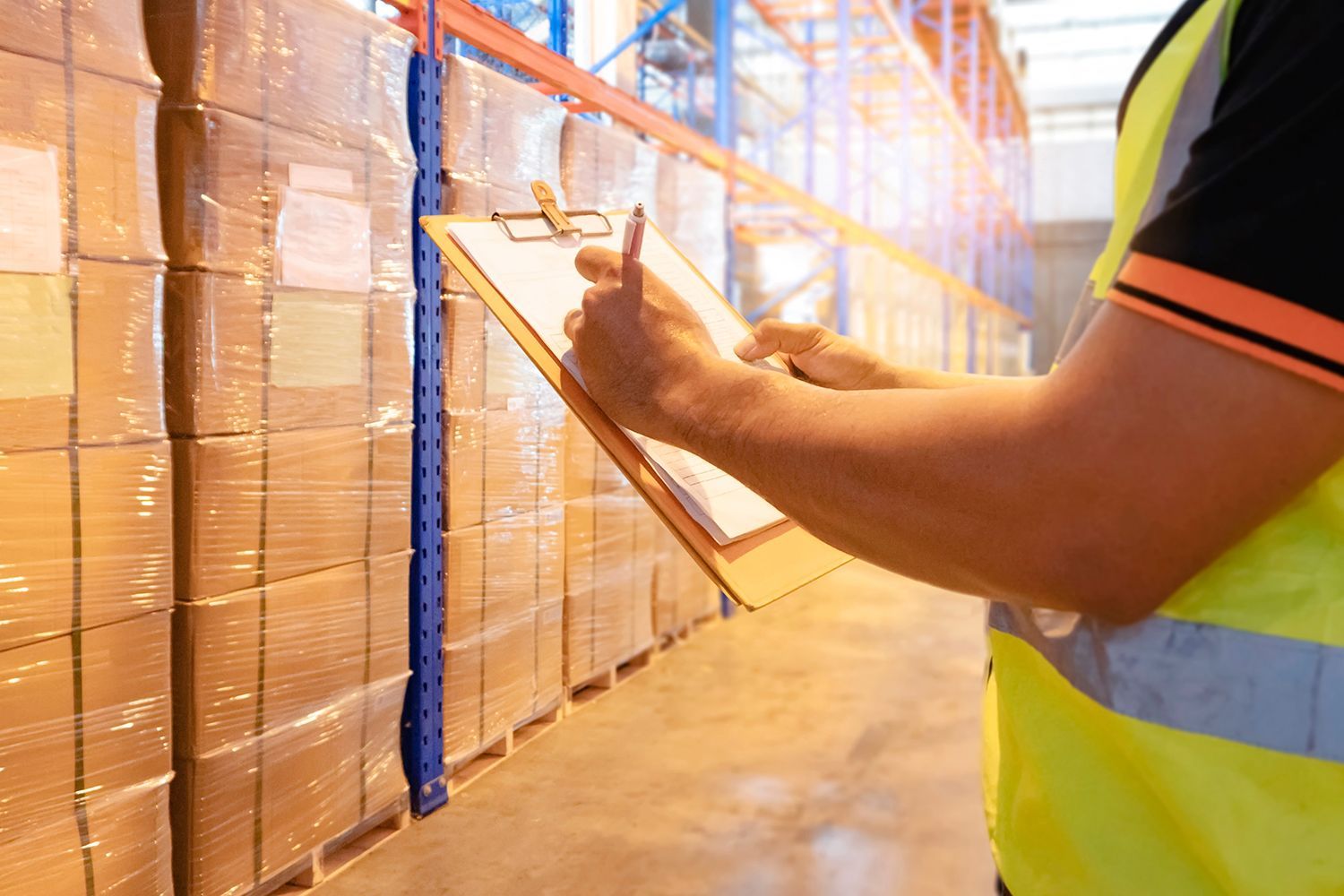
By Michael Thirgood
•
April 2, 2025
Importing goods into Australia involves undertaking various regulations, ensuring compliance with customs requirements, and preparing accurate documentation. Understanding the legal requirements, customs processes, and taxation rules is essential for businesses to avoid unnecessary delays and costs. This guide provides an overview of the steps involved in importing goods, including classification, duty calculations, required permits, and biosecurity measures. Understanding Import Regulations in Australia Before importing goods into Australia, it is important to be aware of the regulatory bodies overseeing the process. The Australian Border Force (ABF) is responsible for customs control, import tariffs, and border protection. The Department of Agriculture, Fisheries and Forestry (DAFF) enforces biosecurity and quarantine controls to protect Australia’s environment from potential risks. The Australian Taxation Office (ATO) oversees import taxes, including the Goods and Services Tax (GST) applied to imported goods. All imported goods must comply with Australian laws, and some products require special permits, inspections, or quarantine clearance before they can enter the country. Ensuring compliance with these regulations helps avoid penalties, delays, or confiscation of shipments. Obtaining the Necessary Import Licences and Permits Certain products require an import licence or special permit before they can be shipped to Australia. This applies to restricted items such as pharmaceuticals, chemicals, food products, plant materials, vehicles, and telecommunications equipment. Businesses should check with relevant authorities to determine whether a permit is necessary for their goods. Failure to obtain the required licences may result in penalties, shipment holds or return of goods to the country of origin. The Department of Agriculture, Fisheries and Forestry (DAFF) provides a full list of goods requiring import permits, which can be accessed. Classifying Goods for Customs and Tariffs Each imported product must be classified under the Harmonised System (HS Code), which determines the customs duty rates, import tariffs, and GST applicable to the goods. Accurate classification ensures compliance with Australian customs laws and prevents unnecessary duties or incorrect tariff applications. Incorrect classification can lead to delays or penalties, so it is advisable to consult a licensed customs broker for assistance in determining the correct HS code. Calculating Import Duties and Taxes Importers must pay customs duties and taxes on most goods entering Australia. The amount payable depends on the type of product, its value, and the country of origin. The standard Goods and Services Tax (GST) is 10% of the customs value of imported goods, which includes the cost of the product, shipping, and insurance. Some goods, such as alcohol and tobacco, are subject to additional excise duties. Australia has Free Trade Agreements (FTAs) with various countries, which may reduce or eliminate customs duties on specific goods. Importers should check whether their products qualify for preferential duty rates under an FTA. Preparing Import Documentation Importing goods into Australia requires accurate documentation to ensure smooth customs clearance. The main documents required include a Bill of Lading (BOL) or Air Waybill (AWB), Commercial Invoice, Packing List, Import Declaration, and Certificates of Origin if claiming duty concessions under a Free Trade Agreement. The import declaration must be submitted electronically through the Integrated Cargo System (ICS), which is used by the Australian Border Force to assess duties and clear shipments. Incomplete or incorrect documentation can result in customs holds, fines, or additional inspections. Importers should work with a licensed customs broker to ensure all paperwork is correctly completed. Clearing Customs and Biosecurity Inspections Once all documentation is in order, an import declaration must be submitted to customs for clearance. Some goods, particularly food products, plant materials, and animal-derived items, require additional inspections by the Department of Agriculture, Fisheries and Forestry (DAFF). If a shipment is flagged for inspection, customs officers will assess whether the goods meet Australian biosecurity standards before they are released for entry. Importers should ensure that all necessary permits are obtained before shipping to avoid clearance delays. Paying Duties and Arranging Delivery Once an import declaration is processed, duties and taxes must be paid before the goods are released. Payments include customs duties, GST, and any applicable excise or biosecurity fees. Once payment is completed, goods can be collected from the port, airport, or bonded warehouse. Importers should arrange transportation through a freight forwarding company to ensure the goods reach their final destination without delays.
Australian Locations
Brisbane: +61 7 3866 7900
Sydney: +61 2 9700 1402
Sunshine Coast: +61 7 5471 7933
Quick LINKS
Our Services
Contact Information
729 -739 Macarthur Avenue Central Pinkenba Qld 4008
© 2024 All Rights Reserved | Vision International Logistics |
Privacy Policy
|
Standard Trading Conditions
| Website by
Octopus Digital
| Website Marketing by
Shark Digital

